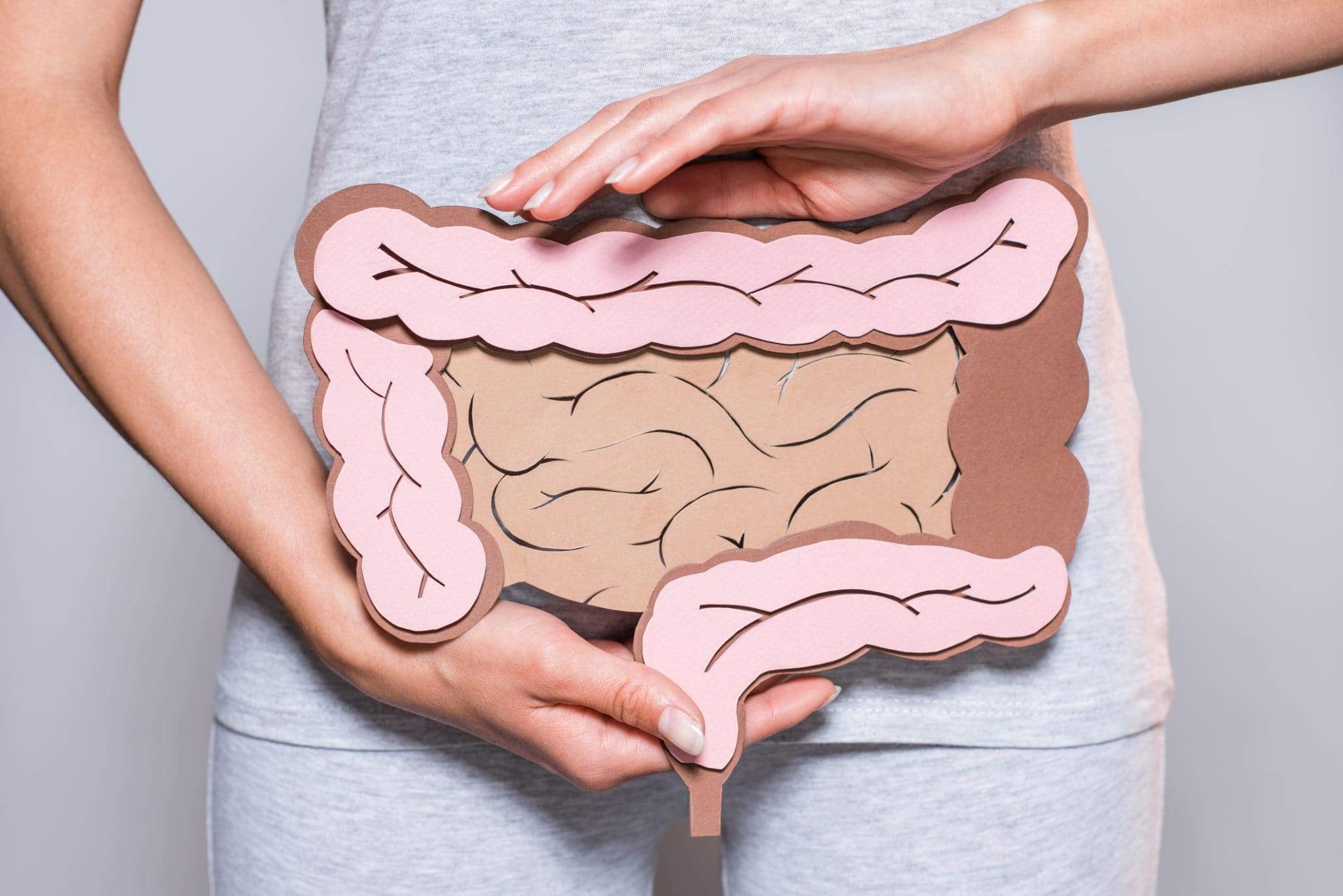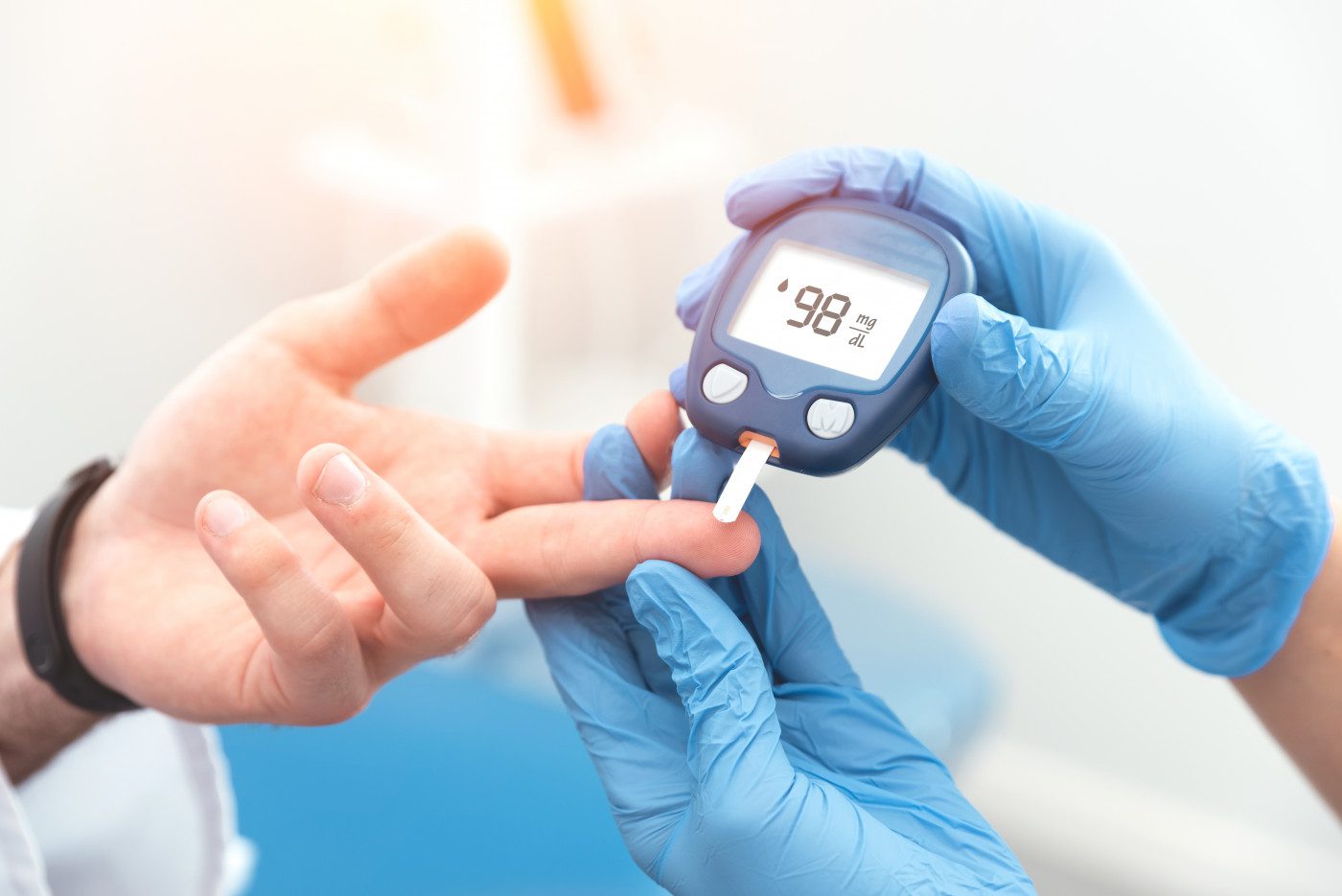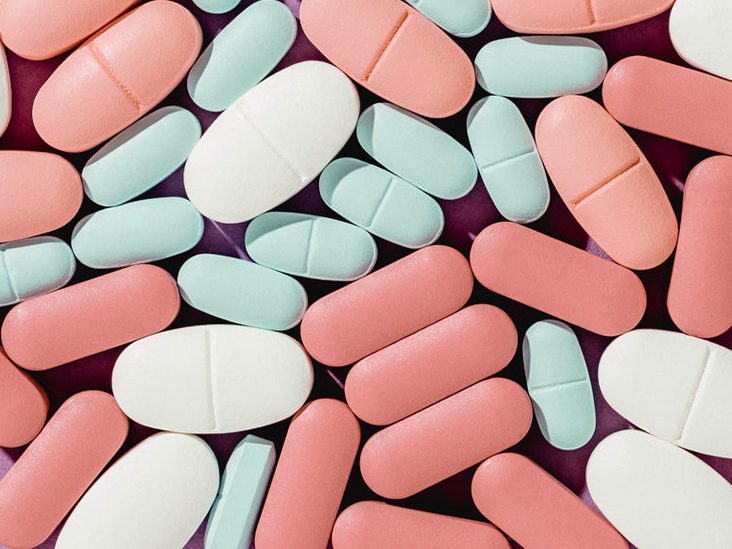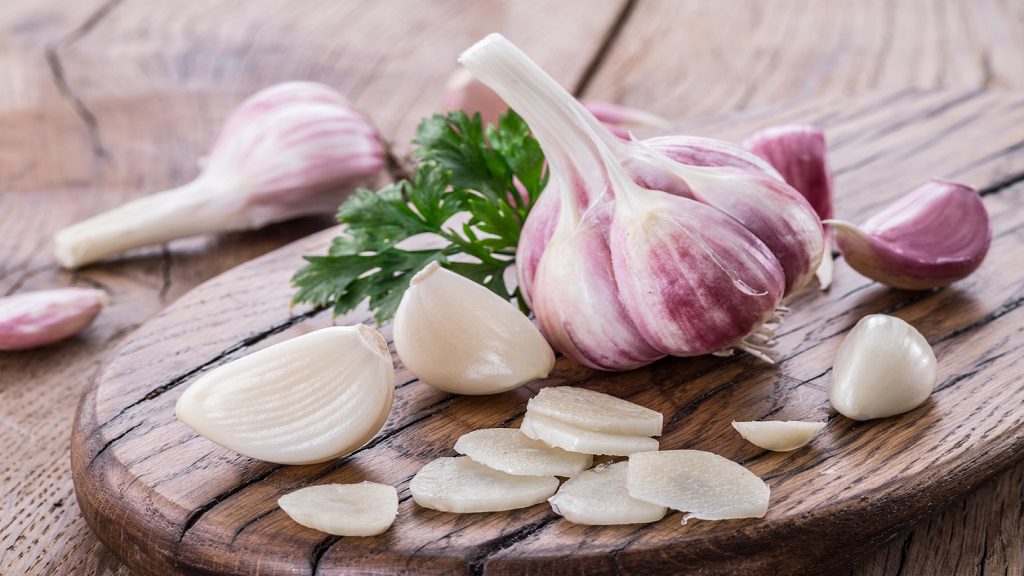Instead of digestive upset ruining your cheer, keep your gut happy all season long with these helpful holiday health tips.
‘Tis the Season to Indulge
Overeating is a holiday tradition unto itself. From sugar cookies to spiral hams, there’s no shortage of tasty treats to indulge in. Little wonder that the six-week season from Thanksgiving to New Year accounts for 51 percent of annual weight gain.1 But all that extra eating and drinking not only leads to tighter fitting pants, binging over the holidays can trigger some debilitating gut issues as well, such as bloating, heartburn, abdominal pain, and constipation.2
The Gift of a Healthy Gut
It’s easy for your diet to go off the rails during the winter months. Yet a few simple steps can help you maintain a healthy gut while allowing you to still enjoy everything the holiday season has to offer.
Keep portions small. There are seemingly endless opportunities to stuff yourself full of holiday treats. Fortunately, you don’t have to torture yourself by passing on your favorite goodies. Instead, just focus on smaller portions so that you can get a taste of everything without overdoing it. Try to limit high-fat foods, which can upset digestion. Also keep in mind that goodies such as chocolate, peppermint, and alcohol are known to cause heartburn.
Incorporate a gut health supplement. A good way to keep your gut in shape is with a probiotic supplement. The holidays have a way of throwing your gut microbiome out of whack. Taking a probiotic brings balance back to your intestinal microbiota.3 These beneficial bugs have also been shown to prevent and alleviate digestive disorders, including irritable bowel syndrome and diarrhea.4
To get the most out of your probiotic, look for one that contains both probiotics and prebiotics, such as Pro+ Synbiotics. This combination can be more effective than probiotics alone because prebiotics support the growth and survival of good bacteria. Synbiotic supplementation has been shown to increase the abundance of gut bacteria associated with positive health effects, including the all-important Lactobacillus and Bifidobacterium strains.5
Drink more water. You’ll probably be consuming a lot of fluids over the next month, from eggnog at the office holiday party to champagne on NYE. But there’s one liquid that you should not be missing out on: water. Drinking plenty of H20 will not only revitalize your hydration levels after a night of Christmas rum punch, but it will also support a healthy gut. Water keeps your gastrointestinal tract running smoothly. Not getting enough can lead to constipation.6 And staying hydrated also improves the composition of your gut microbiota.7
Get plenty of fiber. Fiber is key to proper gut function, with the best sources coming from fruits and veggies. However, heavy holiday meals can be severely lacking in these healthy foods. Even when you do eat holiday vegetable dishes, they’re probably covered in cheese or cream or marshmallows. Not exactly gut-friendly fare.
Missing out on fiber can be a problem since this key nutrient nourishes gut microbiota and helps protect your gut from a high-fat holiday diet.8 It does this by feeding your “good” bacteria, allowing them to thrive. A greater number and diversity of microbes in your intestines helps aids digestion. So opt for gut-friendly foods rich in fiber to accompany your merry meals this year. Look for recipes that use green peas, carrots, brussels sprouts, apples, and almonds for a much needed hit of fiber.
Stress less. It’s no secret that the holidays can be stressful. Cooking a big meal, traveling to see family, buying gifts for everyone—it can be overwhelming. And clinical studies have shown that these stressors negatively impact your gut microbiota.9 The result? Heartburn, indigestion, nausea, diarrhea, constipation, and abdominal pain—all of which can make you even more stressed out. While limiting stressors this time of year may be easier said than done, scheduling a little time for yourself to unwind can do wonders for your mental health, in addition to your gut health.
Exercise. Even though your holiday calendar may be overloaded with events and social gatherings, making time to stay active over the winter season is crucial for good gut health. Recent studies have found that exercise has all sorts of intestinal benefits, including enhancing the number of beneficial microbial species, enriching the diversity of microflora, and improving the development of living bacteria in the gut.10 One study even showed that exercising during the Christmas period can prevent the dreaded holiday weight gain and keep blood pressure, cholesterol, and insulin sensitivity in check.11
The holidays should be a time for good tidings, not digestive problems. Taking a high-quality gut health supplement like Pro+ Synbiotics while staying active and not overindulging can help you and your gut stay in a festive mood all the way to 2023.









